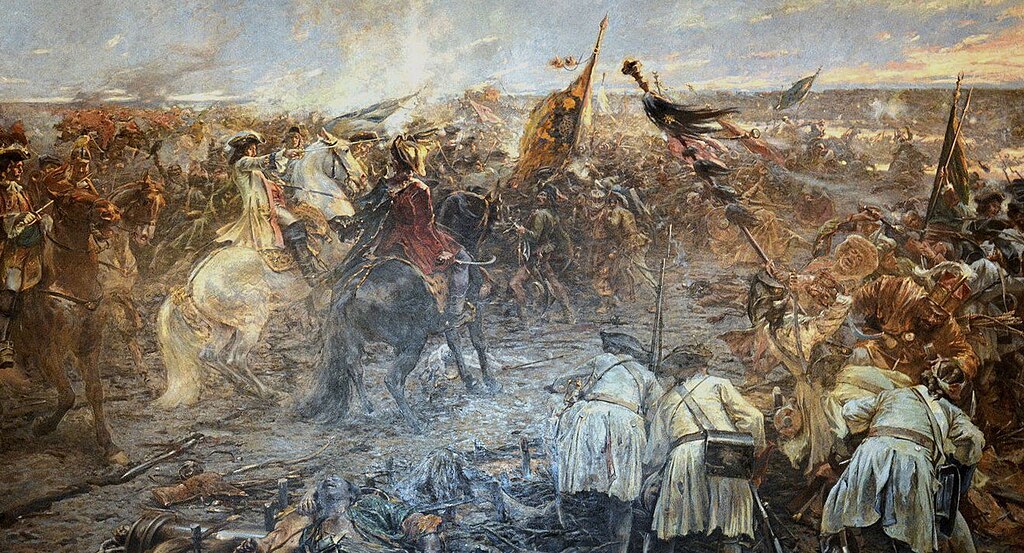Today in history, on September 11, 1697, the Ottoman Empire and the Holy League clashed in the Battle of Zenta (in what’s now Senta, Siberia). The Great Turkish War had raged since 1683, but the two-hour battle was a turning point that led to the Ottoman Empire’s downfall. After years of gaining control throughout central Europe, the Ottomans suffered heavy casualties and the loss of essential resources, which halted their advance. The Empire ended along with the Great Turkish War when the Treaty of Karlowitz was signed in 1699.
Prince Eugene Savoy led the Holy League assault on Ottoman troops as they tried to cross the Tisza River. They had captured the leader of an Ottoman reconnaissance man and questioned him, learning about the crossing to happen later that day. The Ottomans, led by Sultan Mustafa II, were taken by total surprise and found themselves in a vulnerable position. The Holy League used a crescent formation to trap them against the river. They collapsed the bridge with artillery fire, killing the thousands of Ottomans trapped on it.
While the Sultan survived the battle, the Grand Vizier and a staggering 20,000 Ottoman troops were lost that day. The Holy League had about 490 casualties, and they seized heavy guns, the Ottoman treasury, and the state seal. The devastating losses forced Sultan Mustafa II into treaty talks. The Treaty of Karlowitz made him forfeit the lands he lost in the Battle of Zenta: Hungary, Transylvania, Croatia, and Slavonia.

